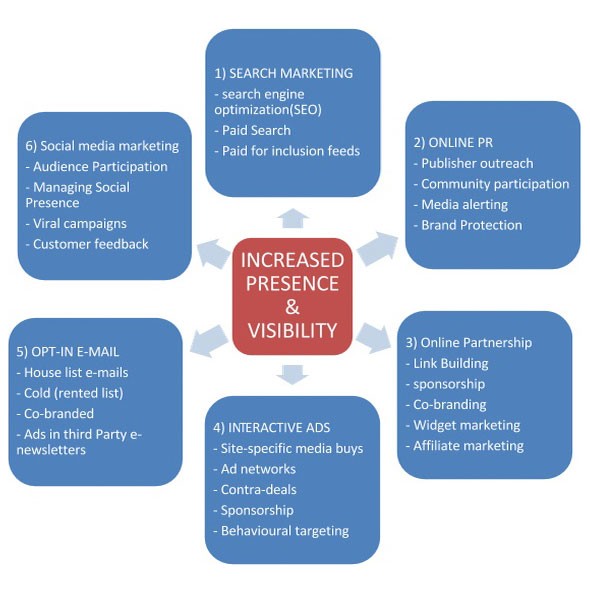5 Tips For Effective User Acquisition For Mobile Apps
If you are starting a business, one of your main concerns is going to be growth. If you fail to gain any traction by attracting as many new users as possible, no matter how disruptive your idea is, how great your product is, you won’t be successful. In today’s world, there are infinite strategies to grow your business, but only a few tactics will really skyrocket your growth and expand your user base exponentially in a short span of time.
So, what makes it so difficult? The tactic which works for one company might not work for the other company. And there is no clear cut route defined to achieve that massive success. One company can try many strategies but zero in on one once you’ve discovered your successful growth channels.
Roadmap for customer acquisition
Many companies have a clear product roadmap for their product, but they don’t have a plan to determine their customer acquisition channels. Software like Agile, Waterfall and Kanban can help us in software development through well-documented processes. And through the defined process in customer development and the lean start-up methodology, finding product market fit has never been easier. Selecting the effective customer acquisition channel is as important as software development and finding product market fit. Here are five useful tips to user acquisition for mobile applications.
1. Understanding Your Position in the Market
It’s important to assess where your organization is in your sector before launching your acquisition strategy. Find your unique selling point (USP) which differentiates your product from the fellow market competitors. Assess the difference between how your company is defined online and how it is perceived by customers and suppliers.
It’s wise to keep your enemy closer and watch them closely if you have any defined competitors. Find out their USPs and analyse how they interact with the market. Track their activity if they try something new and analyse the impact of it. Their failures can be converted into your success with some careful and wise modifications.
2. Setting up an Objective
To succeed in any short time or long-time strategy, it’s important that objectives are defined clearly. It should express what you are looking to achieve and why. This is where the step 1, understanding your position, will help you in setting up a suitable objective. If the objective you have set doesn’t coincide with your current position, this won’t succeed as much as it would have been. This set objective should give a specific number or percentage that you are looking to achieve and the time-frame to achieve it.
3. Targeting the Right Audience
It’s imperative to find your target audience you plan to attract through this acquisition strategy and to understand how they currently interact with your brand online. Using your consumer history and third party data, like Experian Hitwise and Web analytics which use big data for instance, would be very useful source of information to understand your customer’s purchase patterns, products sold, geography and repeat visit rate.
4. Selecting the Right Acquisition Strategy
To realise the objective you have set, you need to identify the digital marketing strategy to use as an acquisition technique. The conclusions you drew through the evaluation of your existing customers should justify the selected tactics. There are majorly 6 key digital media channels which can be used to increase the brand visibility and to drive more visits to your websites and social media pages.

5. Monitoring the Performance
Every strategy explained above will have a set of Key Performance Indicators (KPI). By analysing these KPIs we can determine whether the chosen strategy is helping to achieve the objective we have set in step 2. You can follow 3Ms approach to analyse the performance of your strategy.
Measure: Collect all the metrics regarding the number of visits your website gets after the strategy is implemented since the objective is to increase the number of visits.
Monitor: Determine how the reporting is to be done e.g. weekly or monthly for a certain period of time, for ex. January-March, and monitor the results.
Manage: Manage the resources – as in who will assess the overall strategy and to whom the results are to be reported. Periodic feedback should also be given to the rest of your team.
What many companies don’t get is that there is a slight differentiation between Viral Marketing and Viral Growth. Viral Marketing is the latest buzzword which is nothing but “Word of mouth” or “Person-to-person distribution” whereas Viral Growth indicates a K-factor more than 1 (i.e., every new registered user will invite more than 1 registered user on an average). Generally, the actual costs incurred to acquire customers are miscalculated by many companies which make true viral growth so hard to achieve in practice. But by applying the above five tips in User Acquisition Strategy, any company can achieve that dream viral growth.
![Blog-[x]cube LABS](https://d6fiz9tmzg8gn.cloudfront.net/wp-content/uploads/2016/06/blog_banner.jpg)

